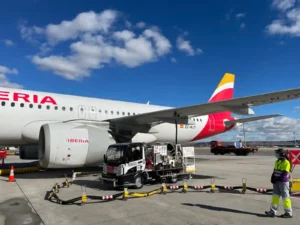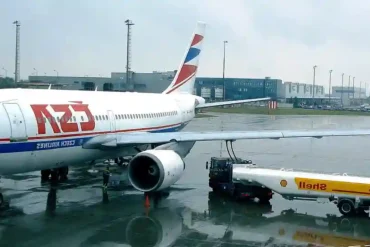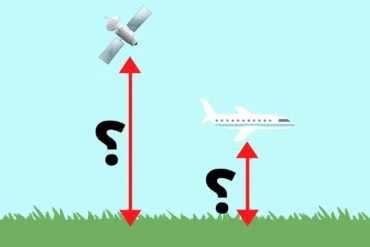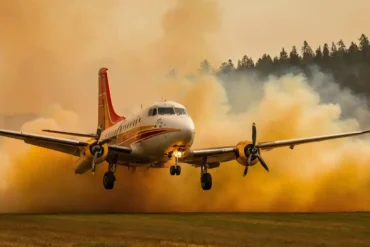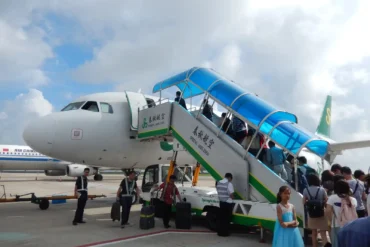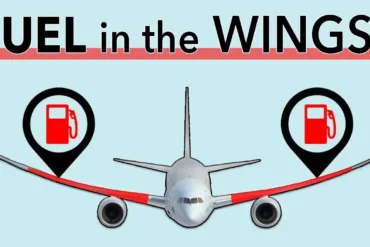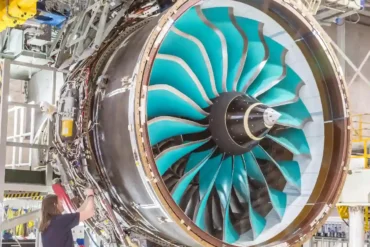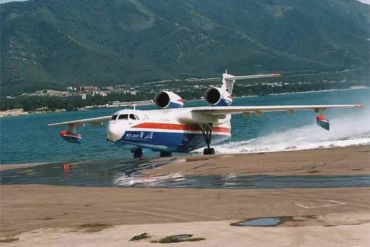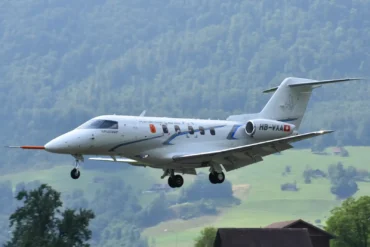Hey there! Let’s talk about jet fuel, which is super important for keeping planes in the air. You know, it’s funny – even some folks who work with planes aren’t always clear on the different types of jet fuel out there. So, let’s break it down and make sense of all these fuel options and which planes they’re good for.
Types of Aviation Fuel
Just like cars, planes can use different kinds of fuel. The two big ones you’ll hear about are Jet Fuel and AVGAS. These are what most private jets, commercial planes, and other flying machines use to get around. But here’s the thing – you can’t just use any fuel in any plane. It all depends on what kind of engine the aircraft has.
Jet Fuel
Okay, so Jet Fuel is basically a really clean version of kerosene. It’s used in planes with turbine engines – that includes both turboprops and jet engines. Now, there are two main types of Jet Fuel: Jet A and Jet A1. They’re pretty similar, and you can usually use either one, but there are some small differences in how they’re made.
For example, Jet A1 doesn’t freeze until it gets really, really cold (-47°C), while Jet A freezes at a slightly warmer temperature (-40°C). This makes Jet A1 great for long international flights, especially if you’re flying over super cold places like the North Pole. Also, Jet A1 has some special additives that help prevent static electricity buildup when you’re moving the fuel around.
In the US, Jet A1 is the go-to fuel for all jet-powered aircraft. It’s easier to find than AVGAS because when they’re refining oil, they focus on making jet fuel first. This also means that Jet Fuel usually costs less than AVGAS, which is a nice bonus!
AVGAS
AVGAS, short for aviation gasoline, is what you’d use in regular propeller planes and small aircraft with piston engines. This is the fuel you’d see at flying clubs, flight schools, and in planes that private pilots use. One thing to note about AVGAS is that it has a tiny bit of tetraethyl lead in it. This stuff helps prevent engine knocking, which is good, but it’s not so great for our health if we breathe it in or it gets into our blood. The good news is that people are working on ways to make AVGAS without this lead.

There are two main types of AVGAS: 100LL and 100. The main difference is how much lead they have – AVGAS 100 has more lead than 100LL.
Other Types of Jet Fuel
Sometimes, pilots might need to use different kinds of jet fuel. Here are a few others you might hear about:
Jet B
Jet B is a mix of gasoline and kerosene – about 70% gas and 30% kerosene. It’s sometimes used instead of regular Jet Fuel or AVGAS in civil aviation. One cool thing about Jet B is that it can handle super cold temperatures – it doesn’t freeze until -60°C! This makes it great for really cold places like Alaska and Canada. But be careful – it’s also really flammable, so you have to handle it with extra care.
TS-1
TS-1 is a fuel that’s popular in Russia. It’s good in cold weather too, not freezing until -50°C. It also has what’s called a low flashpoint (28°C), which means it can catch fire more easily than some other fuels.
JP-8
JP-8 is mainly used by military planes, like those in the US military and NATO air forces. It has special additives to prevent corrosion, and it’s designed for planes that don’t have heaters built in.
